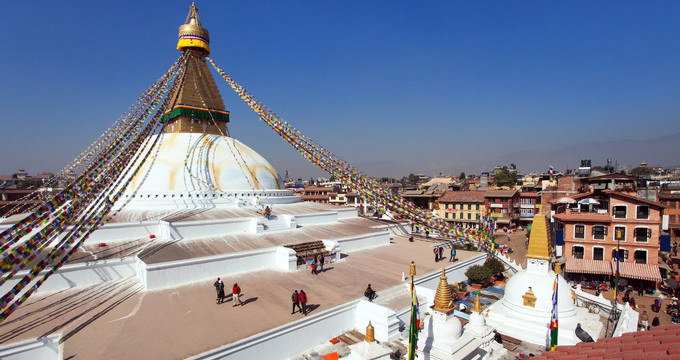Discover the unique elevation of Kathmandu—Nepal’s bustling capital nestled in a high Himalayan valley, blending ancient history, rich culture, and dynamic climate influenced by its mountain surroundings.
Table of Contents
- Where is Kathmandu?
- Population and National Role
- Elevation Basics
- Must-Know Elevation Facts
- Climate and Elevation Impact
- What to See in Kathmandu
Where is Kathmandu?
Kathmandu is located in the Kathmandu Valley in central Nepal. This valley is also home to the cities of Bhaktapur, Kirtipur, Madhyapur Thimi, and Lalitpur.
Population and National Role
- Capital status: Kathmandu is the capital and largest city of Nepal.
- Population size: The city itself has around 1.5 million residents, with approximately 3 million people living in the broader Kathmandu Valley.
- National significance: Kathmandu is the cultural, economic, and political heart of the country.
Elevation Basics
- What is elevation? Elevation is the height of a location in relation to sea level. It influences temperature, climate, and even infrastructure.
- Kathmandu’s elevation: The city is situated at 4,600 feet (1,400 m) above sea level—high for a capital city globally.
- Himalayan gateway: Kathmandu serves as a key gateway to the Himalayas, historically and today.
Must-Know Elevation Facts
- Historical depth: Archaeological evidence shows human settlement in the Kathmandu Valley for thousands of years.
- Elevation comparison: Kathmandu’s elevation is much higher than most global cities, many of which sit under 500 feet (152 m).
- Nepal’s national elevation rank: Nepal ranks second in the world (after Bhutan) for average elevation, at 10,712 feet (3,265 m).
- Kathmandu’s variance: Despite being below Nepal’s national average, Kathmandu remains one of the highest capital cities on Earth.
Climate and Elevation Impact
- Climate variation: Kathmandu experiences both humid subtropical and subtropical highland climates, depending on elevation.
- Weather patterns: Elevation contributes to generally mild winters and warm temperatures year-round.
- Unpredictable weather: The city's varying elevations create complex and sometimes unpredictable microclimates.
- Monsoon season: Occurs between June and August, bringing significant rainfall and humidity.
What to See in Kathmandu
Kathmandu is a sensory-rich city with deep spiritual, architectural, and cultural roots. Tourists can explore everything from religious landmarks to vibrant neighborhoods and Himalayan vistas.
- Historic sites: Durbar Square and the Old Town district
- Spiritual landmarks: Swayambhunath (Monkey Temple) and Pashupatinath Temple
- Peaceful retreats: Garden of Dreams and numerous Buddhist and Hindu monuments
- Adventure gateway: The city is a central base for trekking and mountaineering in the Himalayas, including expeditions to Mount Everest.
Plan Your Trip


